What is the tolerance range of precision screws?
What is the tolerance range of precision screws?
Service Hotline
+86760-8787 8587We have more than ten years of production experience in the screw industry, the main products are: locking toothed nut, hexagon socket screw, 1 meter aluminum alloy, riveting parts BSO bottom hole 6.0, carbon steel galvanized wing nut, one round and one end, A grade carbon steel hexagon head bolts, plastic nuts, nuts with baffles, flat head hexagonal pressure riveting column SOS pressure riveting column, aluminum alloy nut, blue and white zinc pressure riveting parts blind hole pressure riveting stud nut, slotted elongated round nut , Hexagon K nut, nylon hexagon nut and other fasteners, due to different product materials and specifications, the price is also different, if necessary, please contact us.


In order to solve the problem of nut loosening, various self-locking nuts have appeared, which have complex structure, high production cost, inconvenient installation and unsatisfactory anti-loosening effect. At present, the never-loosening nuts produced in Japan are mostly used, mainly in the form of double nuts. Each nut is provided with an eccentric cam protrusion, and each nut is provided with a groove and an inclined plane to squeeze the cam protrusion of each nut. When pressing, the cam protrusion of the nut will move to a small radius along the slope of the nut, so that the nut will not loosen, but whether it is a nut or a nut, it is always under the action of eccentric force. In addition, various non-loose nuts designed by many manufacturers are to increase the friction between the nut and the fastening workpiece or increase the barb to achieve the purpose of never loosening, but the effect is not ideal.
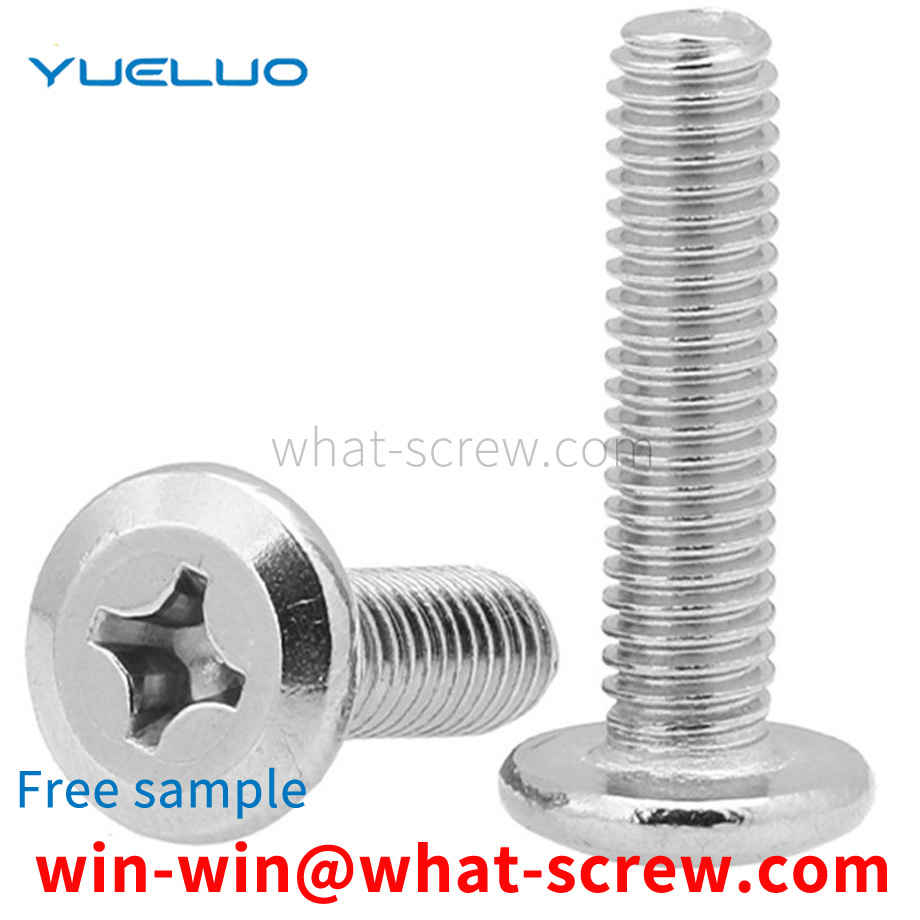
The main part of the pin screw is an ordinary screw, and the pin can be arranged in the melting section of the screw or the drop groove of the metering section or the smooth cylindrical surface without screw grooves at the end of the metering section. The pins are arranged in a certain arrangement, with varying degrees of density and quantity. Cylindrical pins are formed by fitting the pins into the holes of the threaded rod; square or diamond-shaped pins are formed by milling directly on the threaded rod. If these pins are set in the melting zone, the pins can break up the solid bed, destroy the two-phase flow, stir the solid and liquid phases together, increase the contact area between the undissolved solid phase fragments and the contained material, and promote molten. If the pin is set in the melt conveying area, its main function is to divide the material flow, increase the interface, change the direction of the material flow, and rearrange the flow beam. Divide and merge multiple times, change the flow direction, and homogenize the melt composition and temperature. The mixing section is an inwardly slotted structure arranged at the end of the common screw homogenizing section, and its outer diameter is equal to the outer diameter of the screw. The grooves are divided into several groups, and each group is the confluence area of the material. The materials are divided by grooves, meet in the confluence area, and then divide and confluence. The principle is similar to the pin type. The characteristic of the separate screw is that in addition to the original screw thread (called the main screw) on the melting section, there is also an additional thread (called an additional thread) whose outer diameter is slightly smaller than the outer diameter of the main thread, and the main and auxiliary threads are With different leads, the secondary thread starts from the end of the feeding section (and connects with the feeding section here), and after several threads, gradually intersects the main thread of the homogenizing section. The screw groove depth and thread lead of this kind of screw change gradually from the beginning of the feeding section to the end of the homogenization, that is, the thread lead gradually narrows from the width, and the groove depth gradually becomes shallower from the depth, which can maximize the compression of the material.
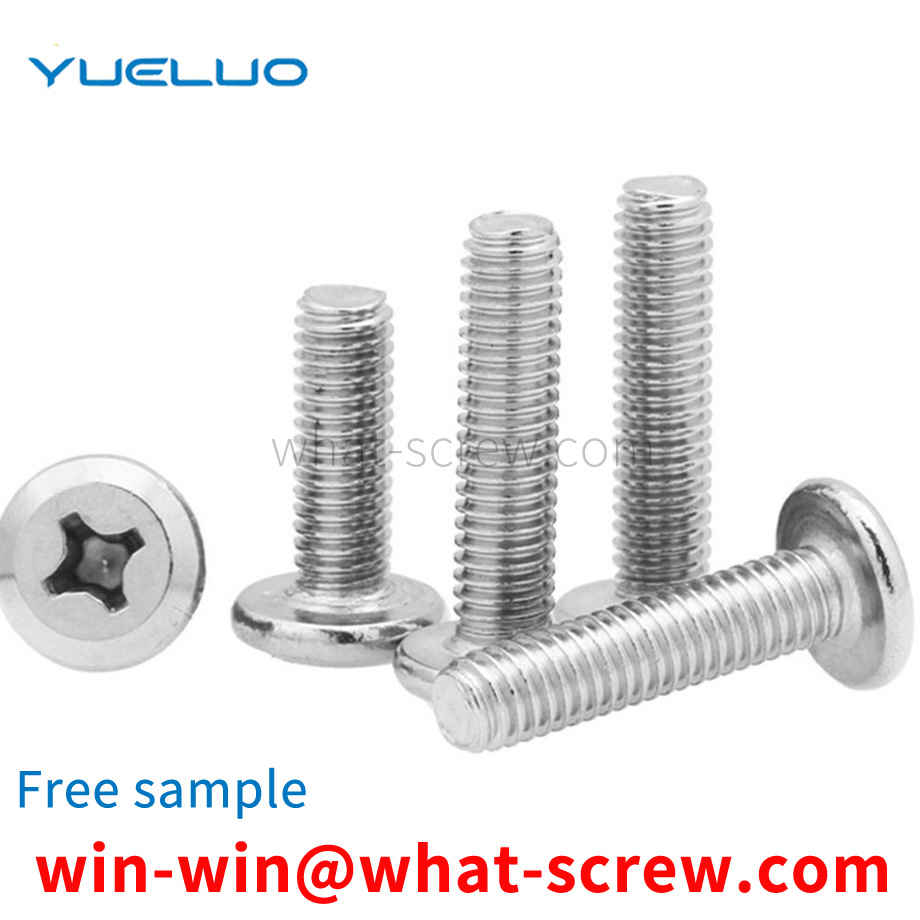
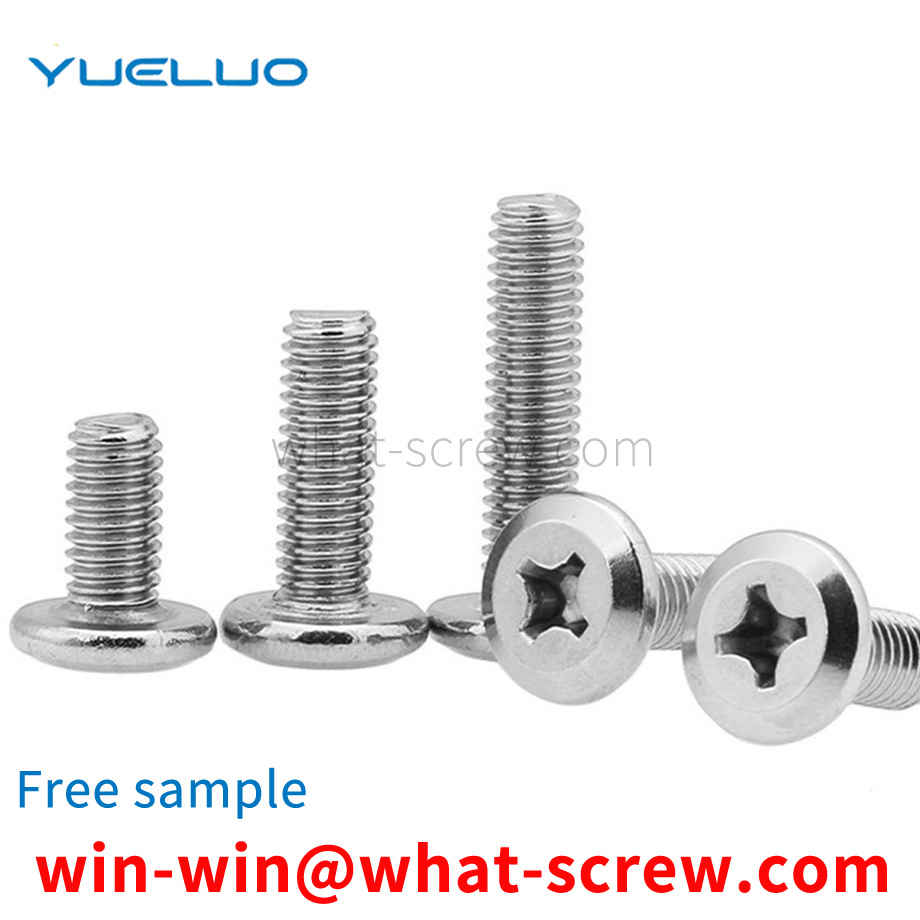
In the design of electrical products, in order to avoid the problem of electromagnetic radiation interference, it is necessary to isolate the conduction between metal parts (parts). Especially when the metal parts are locked by metal screws, the conduction between the locked pair of metal parts (parts) is often caused, so it is necessary to try to isolate them. For example, when screws are used to lock the structure iron of the liquid crystal display screen and the iron structure of the foot base, the electromagnetic waves generated by the liquid crystal display screen are easily radiated from the foot base, causing electromagnetic radiation interference.

A screw suitable for a variety of tools is a single-structure threaded part, including a screw body and a screw head. The outer surface of the screw body is processed with an external thread 1, and the outer side of the screw head is formed by six screw heads. Prismatic, the top surface of each edge of the outer hexagonal prism is a boss, between each boss is an end face groove 4, and the middle of each boss is provided with an end face hole 3; the inner side of the screw head is formed by six screw heads. The side surface 5 forms an inner hexagonal prism hole, and the bottom of the inner hexagonal prism hole is processed with a cross groove 16 .
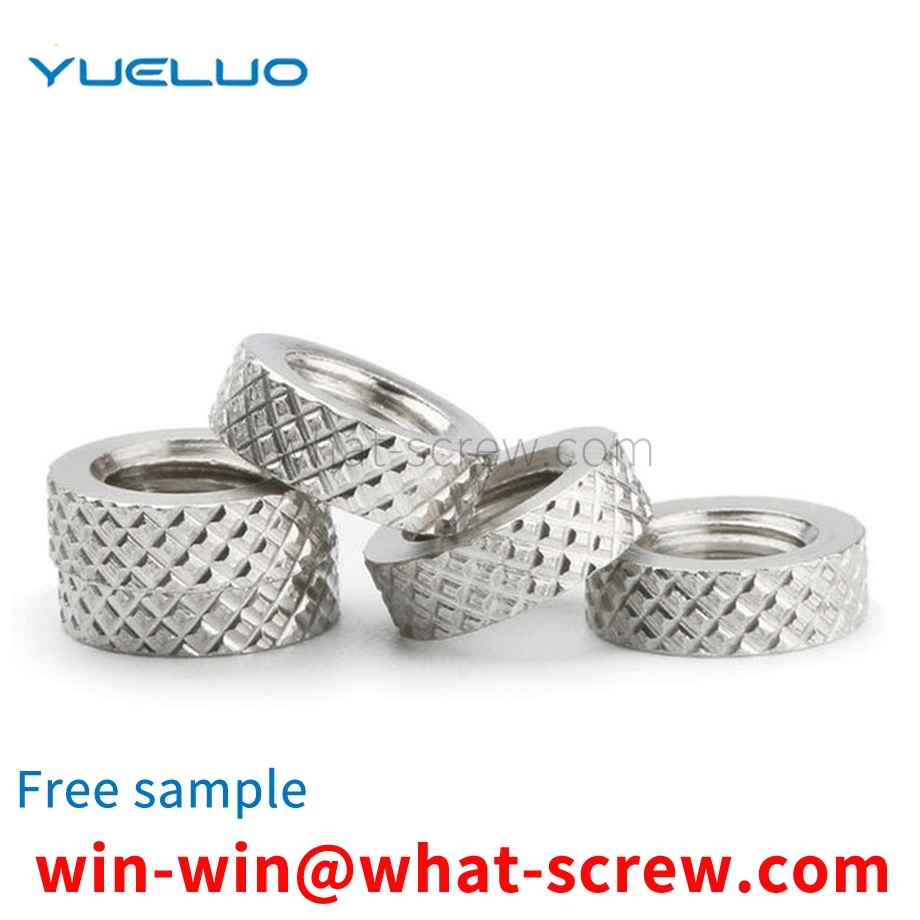
The above content is uploaded by Yueluo or the Internet. If there is any copyright issue, please contact [email protected].

What is the tolerance range of precision screws?

How to choose the right stainless steel screw manufacturer?

Why is there an R angle under the head of the hexagon head s...
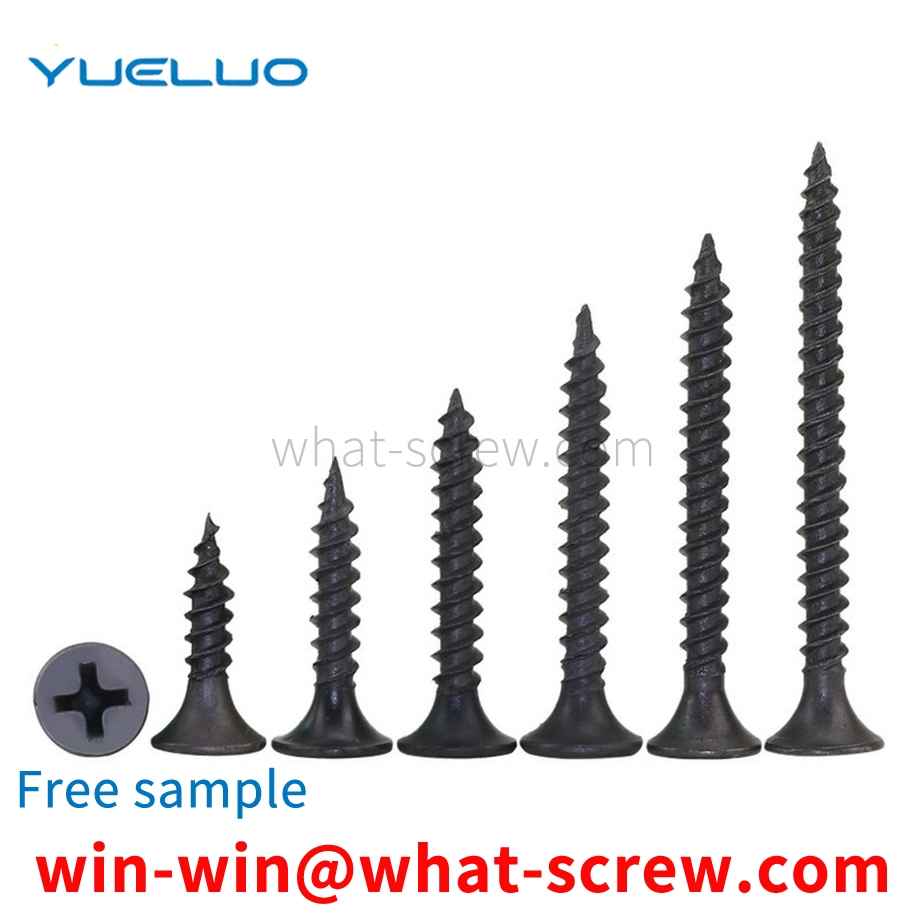
We have more than ten years of production experience in the ...
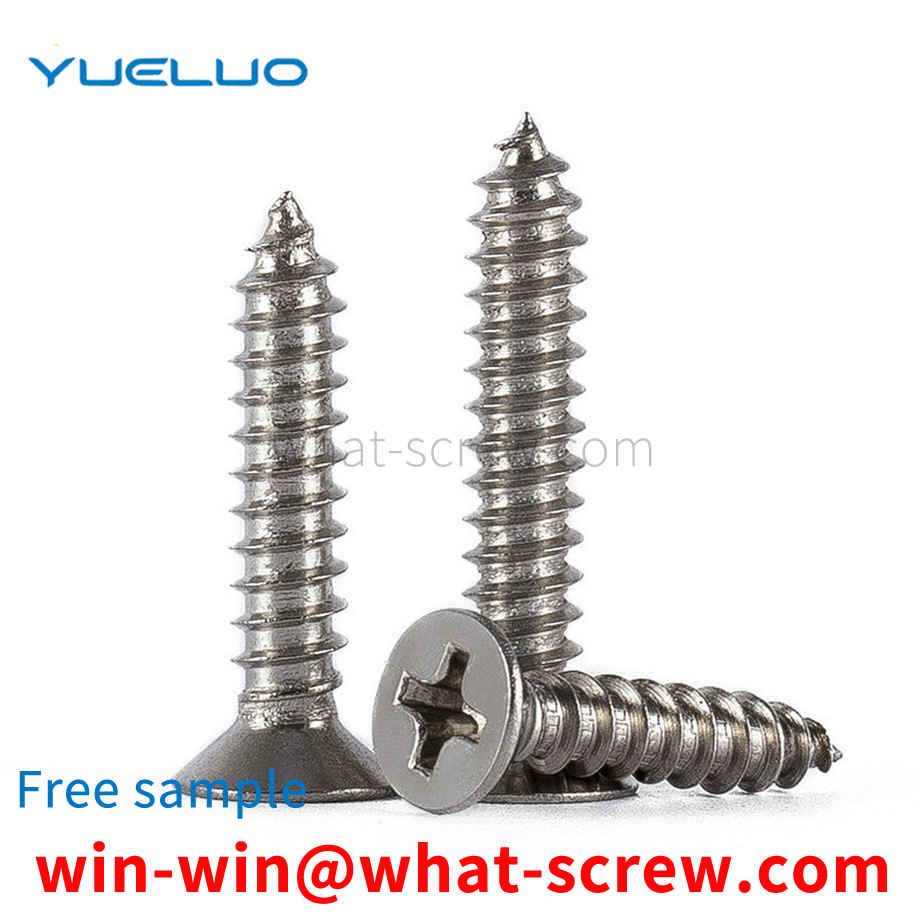
We have more than ten years of production experience in the ...

We have more than ten years of experience in screw industry ...

We have more than ten years of experience in screw industry ...